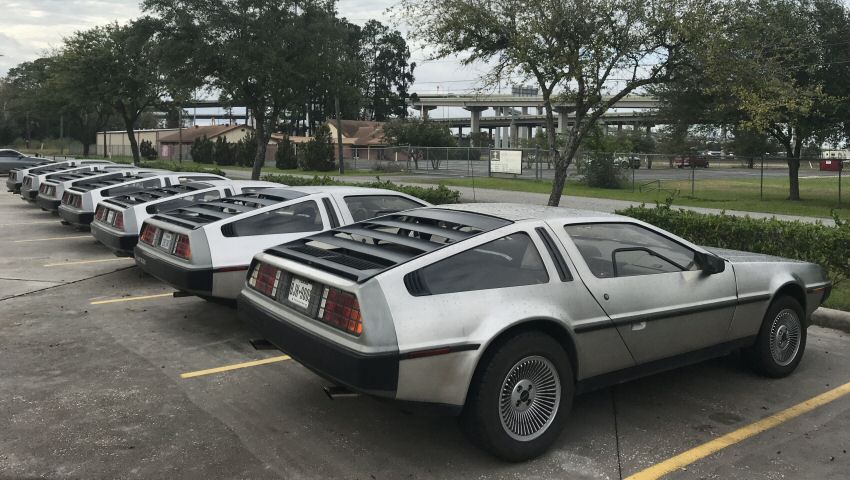
Our theory of relativity
In 2018, the Car of the Year - according to What Car - was Volvo’s XC40, the manufacturer’s smallest SUV. It’s a choice you may, or may not, feel inclined to agree with (here at desperateseller.co.uk, we think there were better candidates – step up the Jaguar IPace). But whatever your own feelings on the matter, there’s one thing that’s hard to deny: it must have been a close call. Why? Because there are a lot of great cars around nowadays. In fact, let’s face it, most cars are pretty good: manufacturers these days rarely, if ever, make a complete and utter c**k-up of things.
Now, it’s possible that you’ve just found yourself rolling your eyes and muttering a pantomime-style oh-yes-they-do at that last statement. But if so, remember: everything’s relative. Even if you were one of the poor unfortunates who invested in a recent Toyota Yaris, universally reviewed as something of a stinker, you nevertheless bought a vehicle which is a triumph of advanced engineering compared with the standards of only a few decades back.
Don’t believe us? Well, take the Renault Dauphine, for example. Introduced in 1956, this car was famed for its ability to rust as you watched, and was so slow that measuring its acceleration needed a calendar rather than a watch. In fact, it took 32 seconds get to 60 mph from a standing start, which put it in the class of farm equipment when it came to racing capability. Still, it was ultra-cheap, which probably explains (what else could?) the fact that it sold over 2 million units around the world. Or take the Amphicar, from 1961. A vehicle that promised to make drowning fun, this was a mixture of car and boat, and was lousy at being both. True, it was reasonably agile on land, and could achieve a respectable 7 mph on water, but – and this is sort of important – it wasn’t watertight! If leakage outpaced the bilge-pump, you were destined to take a (probably unwelcome) swim. Even so, nearly 4,000 cars were built between 1961 and 1968, and some are still in service. Not sure that that makes it an unqualified success, though!
When it comes to British Leyland, there’s no shortage of horror stories. So the Triumph Stag of 1970, in a way, isn’t special. It was, to give it its due, stylish and lively. But its 3.0 litre, V8 engine was one of the failures of automotive history. The timing chains broke, the aluminium heads warped like they were made of plastic, the main bearings often seized, and the water pump was incontinent. Oh, and it caught fire from time to time. So, nothing serious then.
Then there’s 1975’s Trabant, East Germany’s answer to the VW Beetle. Powered by an engine that, if you pushed it, could generate 18 bhp while deafening the neighbourhood, it had a chassis made of a Duroplast (stuff like fibreglass). As if that weren’t enough, the Trabant lacked basic features like brake lights or signals, and its engine emitted smoke like an oil fire (when it worked at all). When the wall fell in 1989, thousands of East Germans drove their Trabants over the border, only to abandon them pretty much immediately. And who could blame them.
And, of course, in a rogue’s gallery like this, we can hardly leave out the DeLorean DMC-12 (1981). Yes, it was cool-looking. But that’s just about the only positive thing that can be said. Heavy, underpowered and overpriced, it was billed as a hotrod, but the public weren’t fooled. When ex-GM executive John Z. DeLorean – then under investigation by the FBI – made his ignominious exit in 2005, he left behind 8,582 stainless-steel DeLoreans, and a rapidly escalating corporate debt.
Of course, that’s only five of dozens we could mention. Still, they should serve as a reminder that, however bad we might think a particular car is today, it represents – however much we may not like to admit it – progress.













